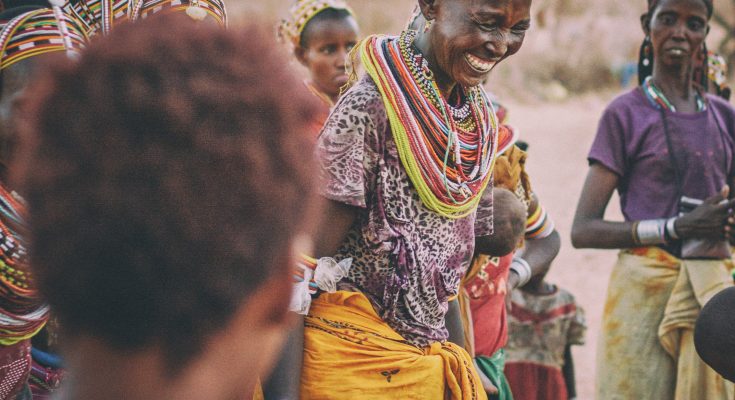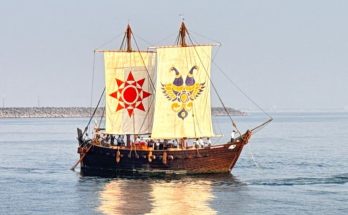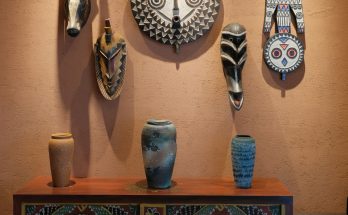On 3 June, at the close of the Stockhom+50 international meeting in Sweden, delegates representing many Indigenous Peoples from around the world released a historic declaration called the Indigenous Peoples Declaration.
The declaration called out governments and international institutions for excluding Indigenous communities not only from the decision making table but also the from design and implementation of conservation and climate change measures that directly impact their land and communities. As the declaration puts it: “conservation is often done for us and around us, not with us.”
At least a quarter of the world’s land area is owned, managed, used or occupied by Indigenous Peoples. And there is a growing recognition that there can be no serious solution to the climate crisis—one of the three issues that make up the triple planetary crisis—without protecting Indigenous Peoples’ lands, especially forests which are home to many Indigenous Peoples of the world.
The same goes for tackling pollution and waste and reducing biodiversity loss, as 80 per cent of the Earth’s remaining biodiversity exists within Indigenous Peoples’ territories.
Since Indigenous Peoples are already using their traditional knowledge to address and adapt to climate change, their full and effective participation is crucial to the successful implementation of adaptation and mitigation measures.
To better understand the significance of the Indigenous Peoples Declaration, we spoke to Dario Mejia Montalvo, who belongs to the Indigenous Zenú Peoples of San Andrés Sotavento. He is also the newly elected Chair of the United Nations Permanent Forum on Indigenous Issues (UNPFII), an advisory body to the United Nations Economic and Social Council (ECOSOC).
The discussion about whether Indigenous Peoples’ knowledge is scientific or not in this time of history is obsolete. It has been proved that our knowledge is scientific.
Dario Mejia Montalvo
Why was the Stockholm+50 Indigenous Peoples Declaration important?
Dario Mejia Montalvo (DMM): Fifty years ago, when humanity advanced into this critical step pushing forward a vision of the environment with a human rights perspective, governments determined different promises to the world. However, since then, nature was and continues to be conceived separately from cultures and Indigenous Peoples.
In this context, 50 years later, we must understand that there is an intrinsic relationship between cultural and biological diversity. Furthermore, we need to realize that the center of life is not only human beings but also nature. Nature should be the first entitled to rights and then us. Therefore, we thought it was crucial to draft an Indigenous Peoples’ declaration as a testimony to reflect our worldviews and push forward the essential and timely incorporation of this vision in the work led by governments and the United Nations.
How could Indigenous People’s institutions and scientific knowledge be incorporated into the fight against the climate crisis?
DMM: The discussion about whether Indigenous Peoples’ knowledge is scientific or not in this time of history is obsolete. It has been proved that our knowledge is scientific. One proof is that 80 per cent of the remaining biodiversity is within indigenous peoples’ territories. Therefore, it is important to accelerate incorporating these indigenous peoples’ practices into national and United Nations Agencies’ policies. To do that, it is crucial to increase the participation of Indigenous Peoples and make just decisions in response to the critical role that Indigenous Peoples have had and continue have in preserving biodiversity in different parts of the globe.
Could you talk more about the importance of the nine-point plan suggested in the declaration?
DMM: Funding has been an essential tool for some groups and nations to advance; however, for Indigenous Peoples, funding has not been a favourable tool so far. Policies and public and private funding have been oriented towards strengthening the markets and extracting natural resources that we have preserved for generations. These actions have resulted in severe injustices and socio-cultural, economic and political gaps.RELATED

STORYHow indigenous knowledge can help prevent environmental crises

STORYIndigenous peoples and the nature they protect
We believe this is a timely opportunity to revert that tendency and, therefore, to ensure that the funding’s purposes are to overcome these historical gaps. The appropriate way to do it is to ensure the funds go directly to Indigenous Peoples, without intermediaries, and without generating more divisions and injustices. Instead, the funds should be oriented to strengthen capacities building and promote knowledge dialogues with the peoples who have preserved nature for centuries for the benefit of humanity.
How can Member States, UN Agencies, civil society and NGOs better help Indigenous Peoples’ in their fight against the climate crisis?
DMM: We have emphasized for decades that when we ask for help, that sometimes means getting a hand, but sometimes that means getting the hands-off from us. One way of helping Indigenous Peoples is letting us strengthen what we have preserved and reinforced for decades, such as our governance systems, languages, culture, and nature. On the other hand, I reiterate the need to see nature integrated and not separate from cultural diversity. Therefore, conservation policies must acknowledge that territories have not been preserved alone; they are not a landscape.
We Indigenous Peoples have played a key role in maintaining biodiversity due to our worldviews, knowledge and close relation with our territory. In this regard, Member States, UN Agencies, and civil society should increase the meaningful participation of Indigenous Peoples and respect our right to Free, Prior and Informed Consent.
#UN; #Declaration; #rightsofIndigenousPeoples





